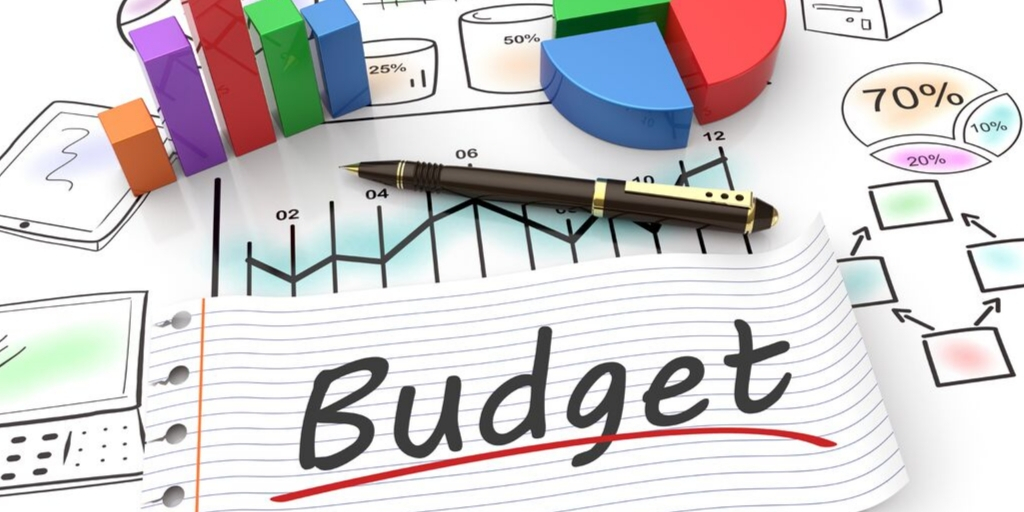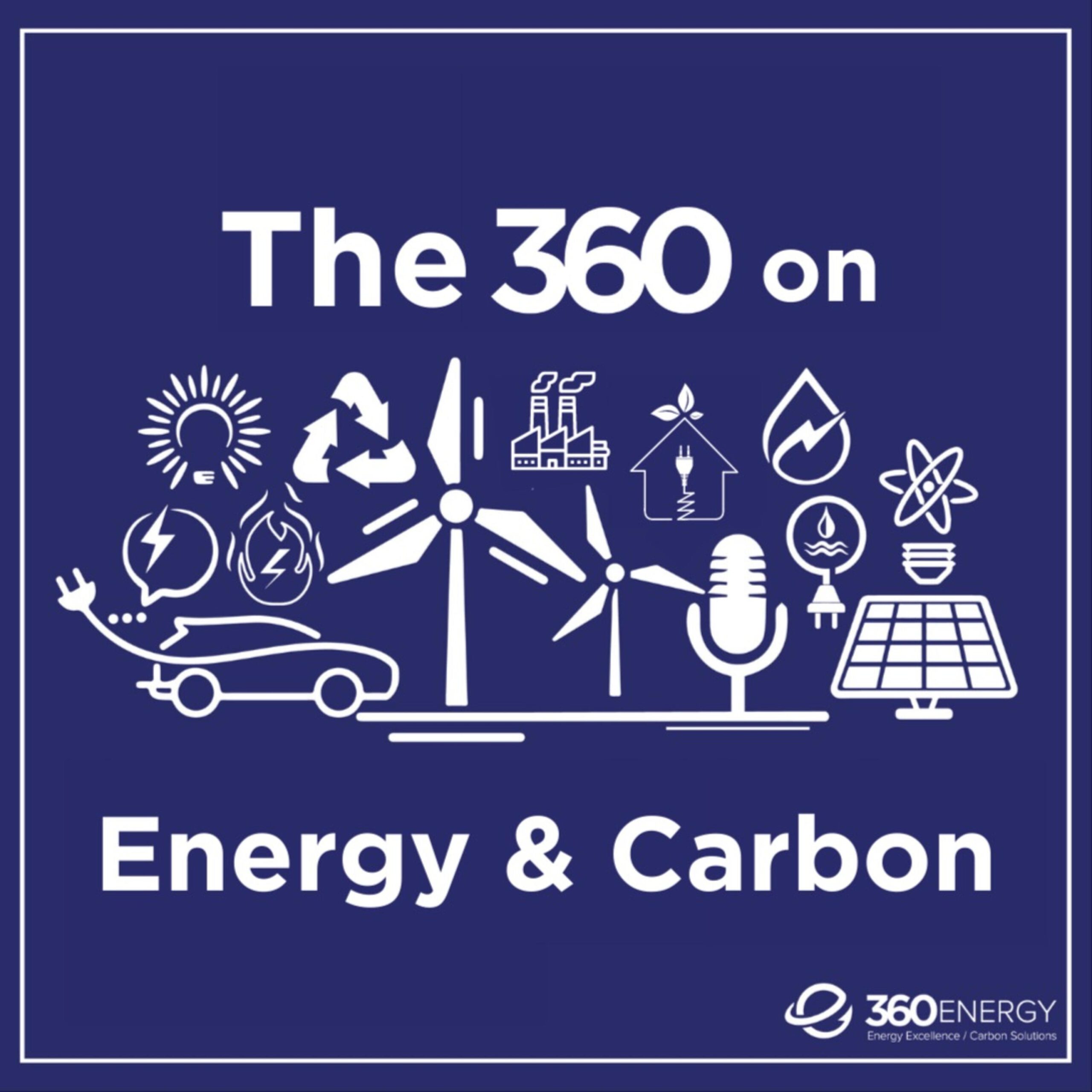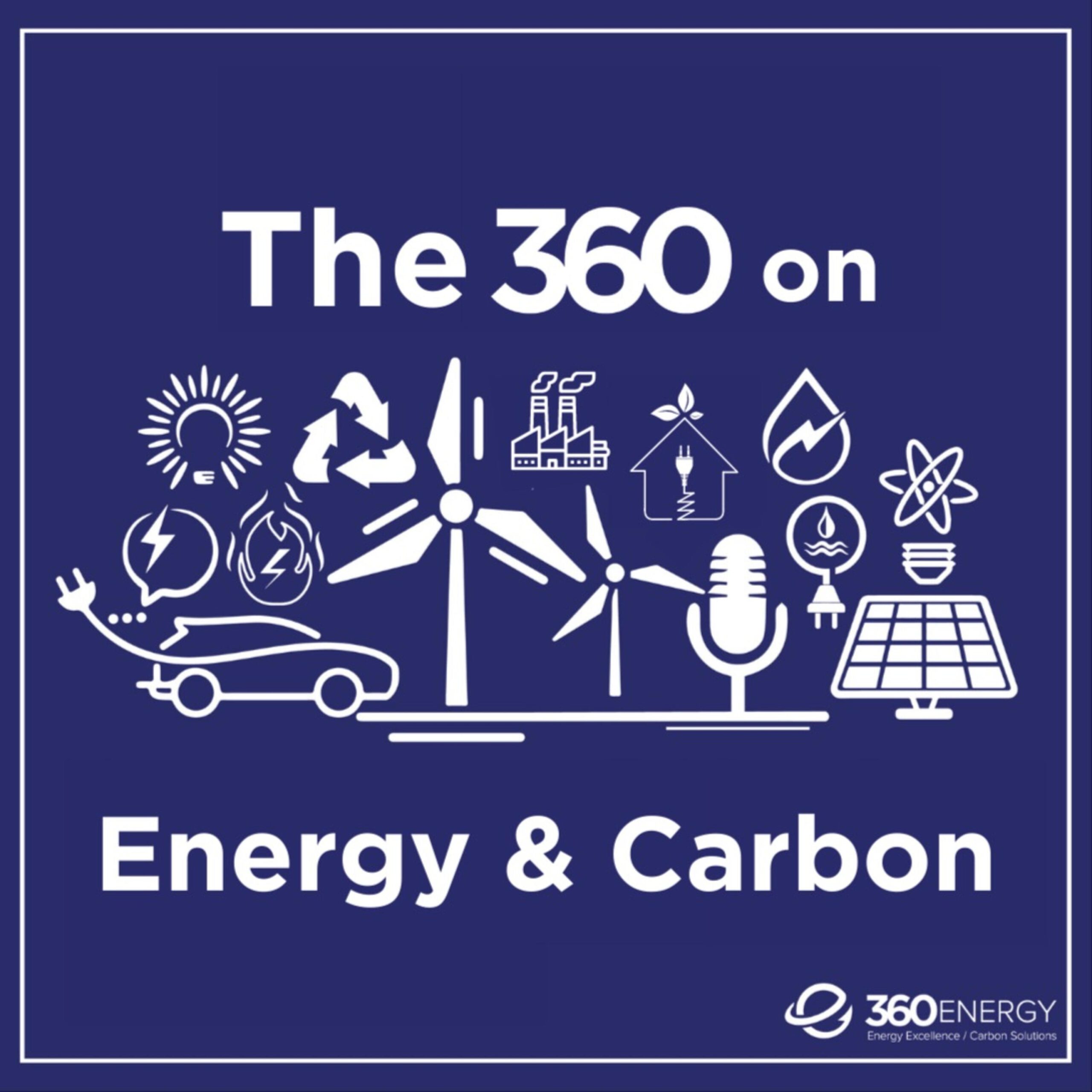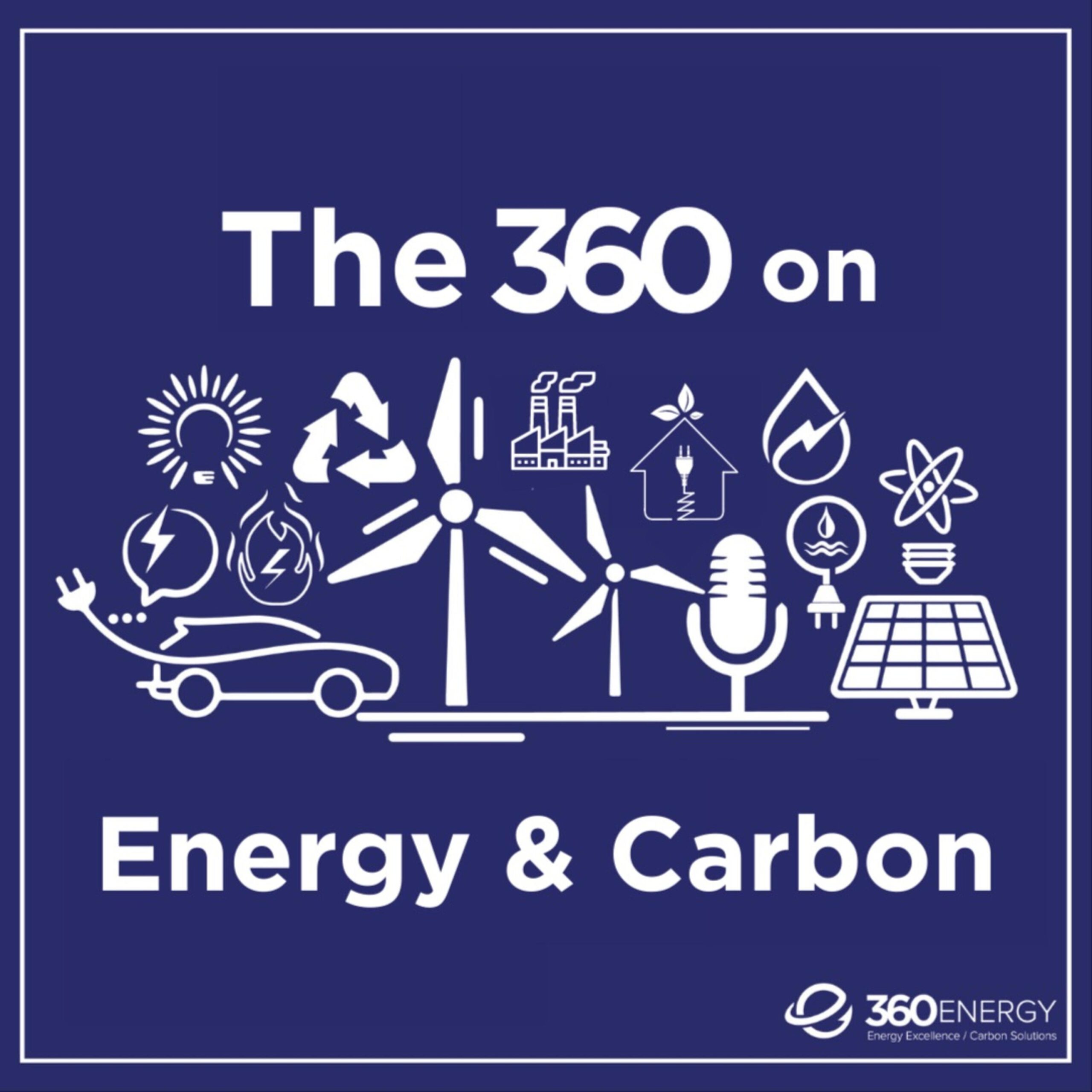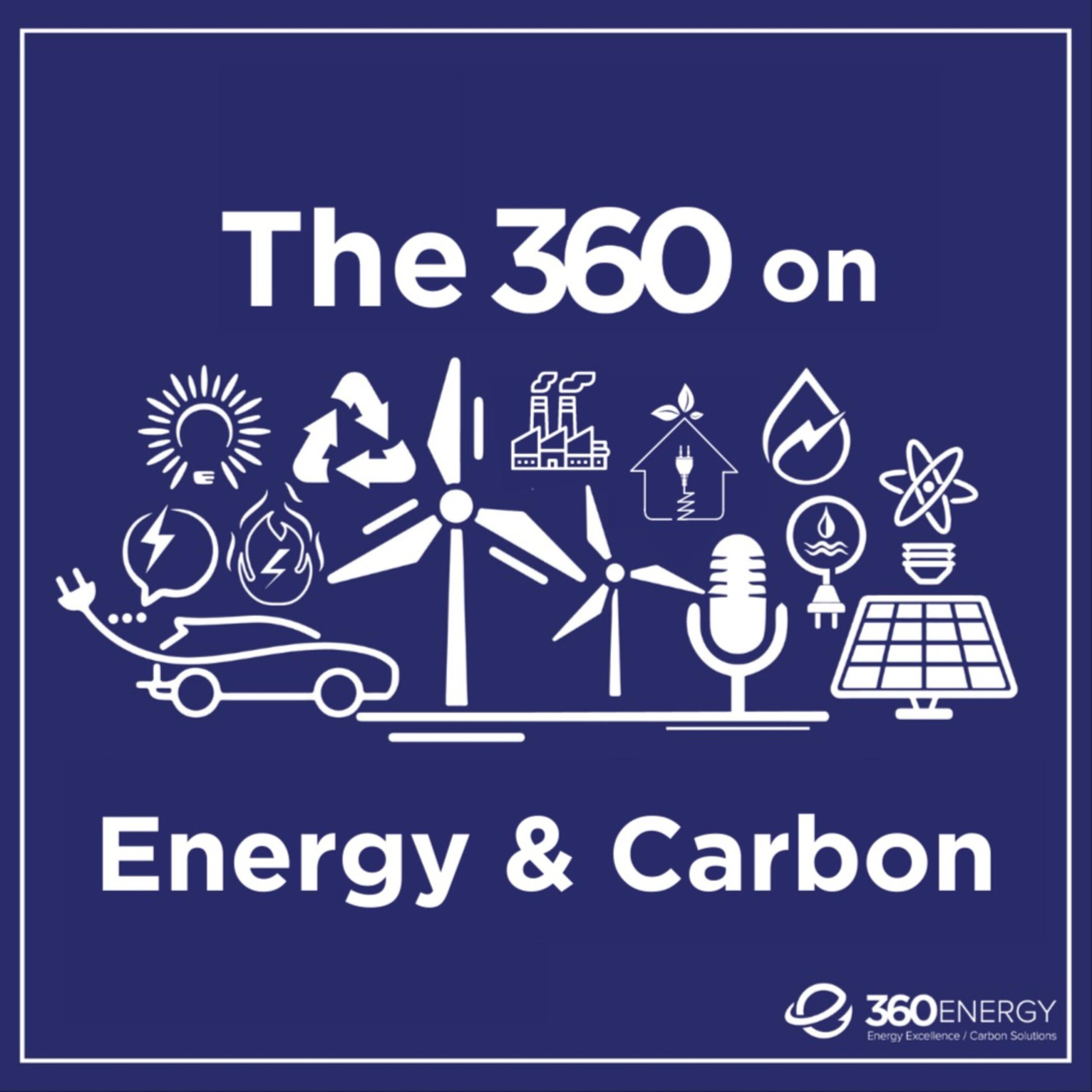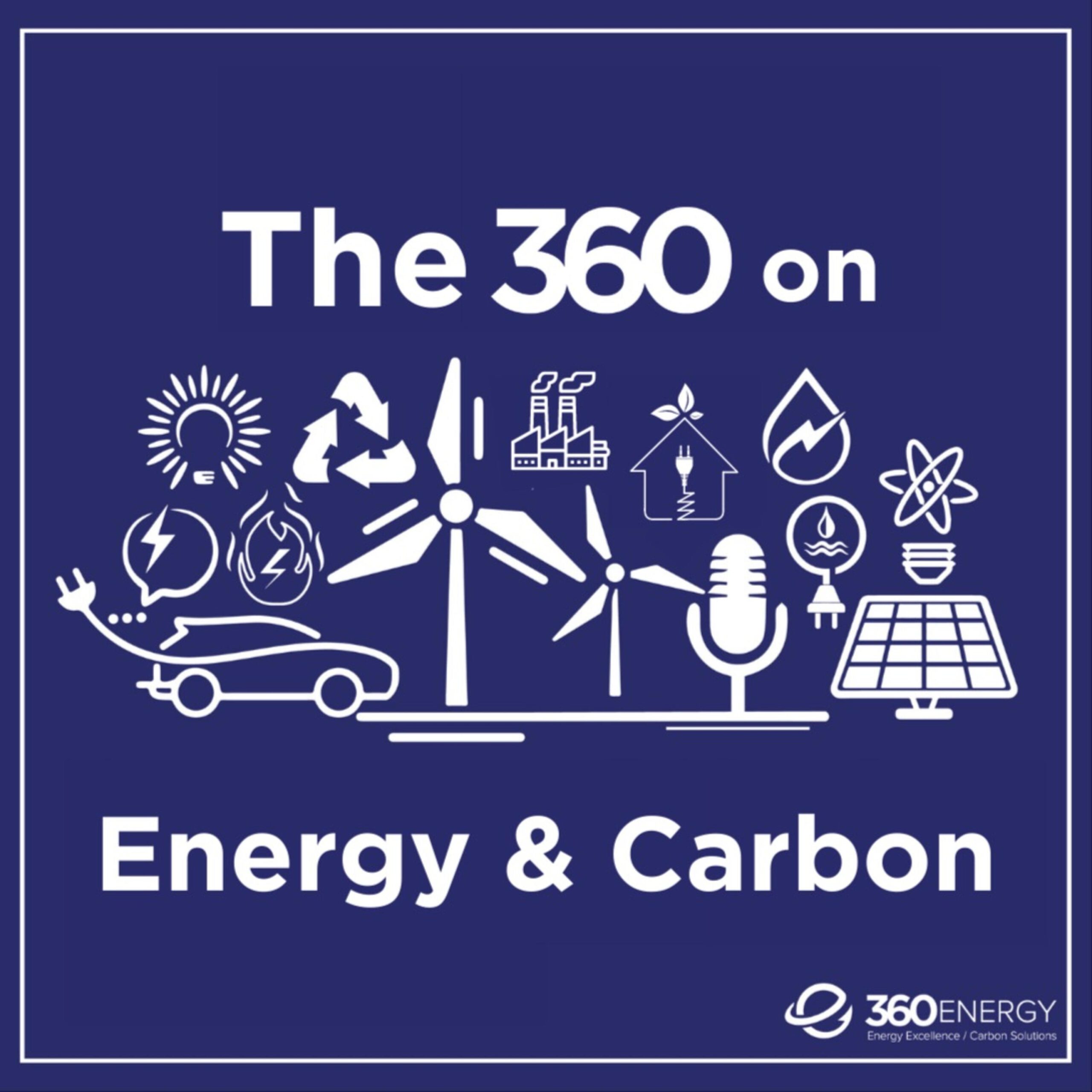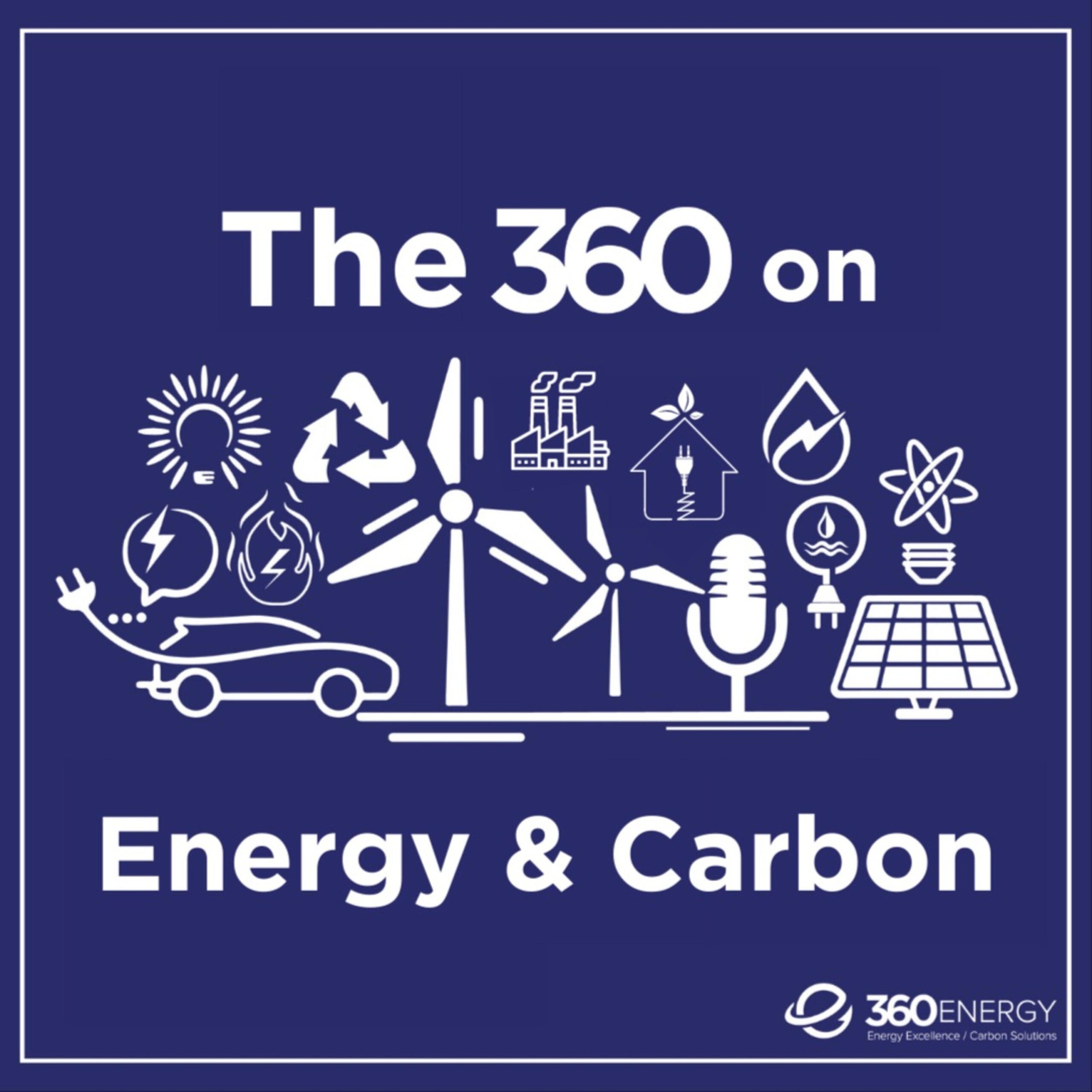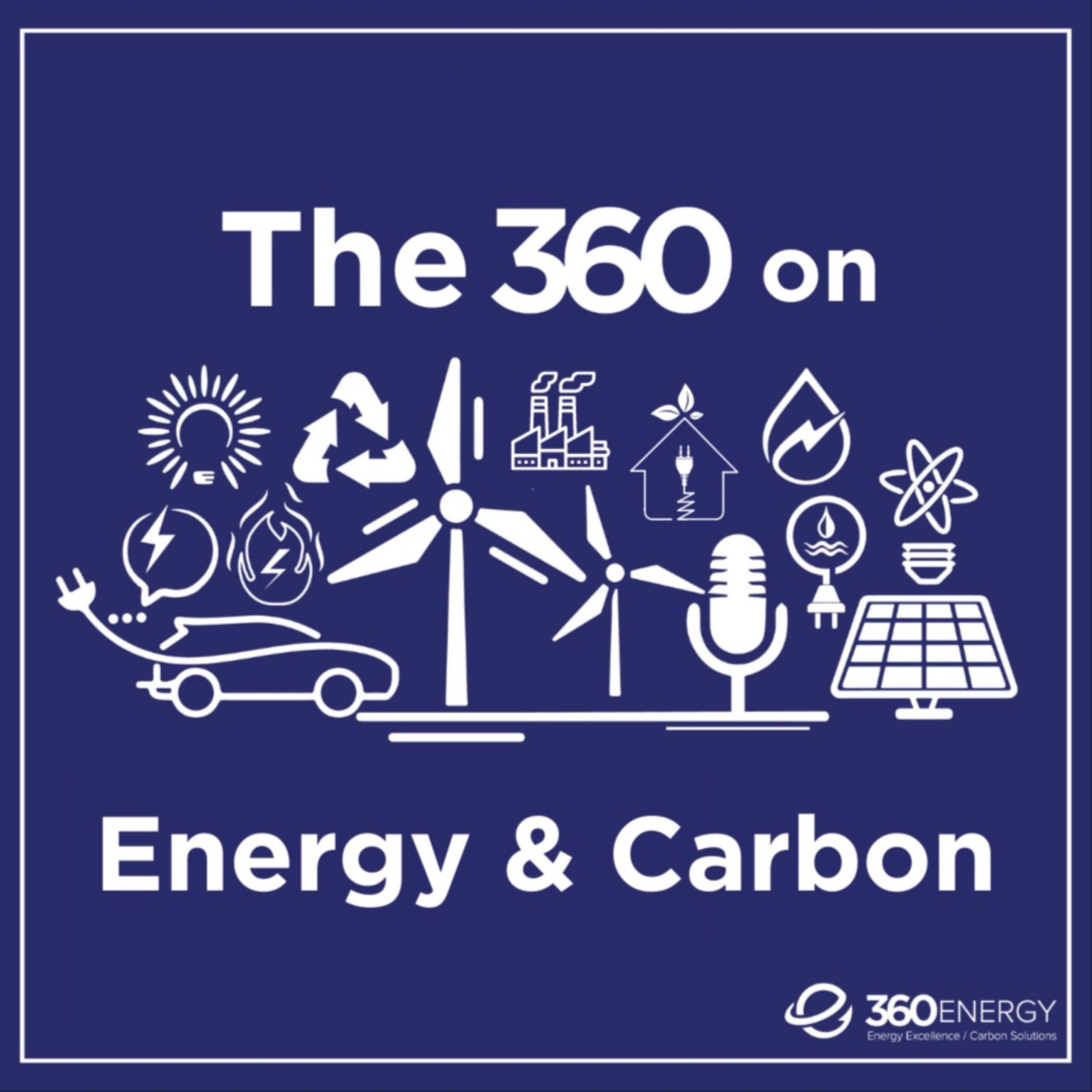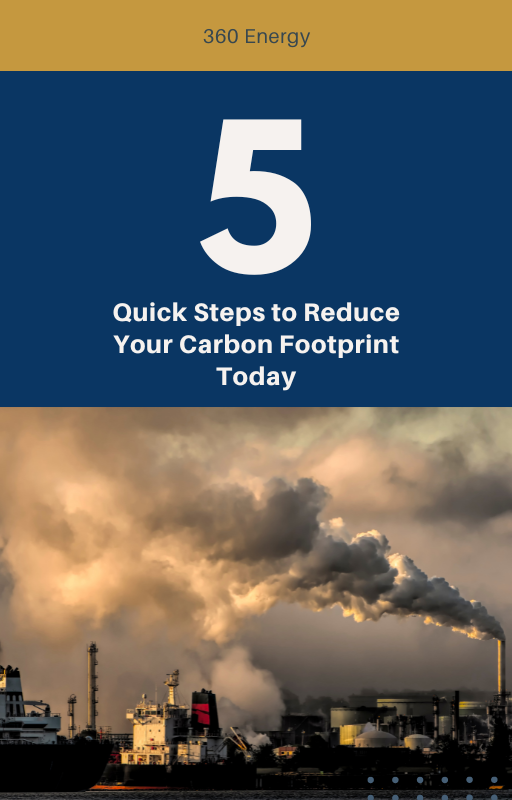The kids are back in school. There’s a noticeable nip to the evening air. Hints of yellow and orange are appearing on the trees. Sure signs that summer is behind us.
Fall also marks an important time of year in the natural gas business. Traditionally, natural gas users across North America take steps in October to secure natural gas supply for the upcoming twelve-month period. The beginning of the winter heating season in November typically starts the “natural gas year”.
Right now, is the time for companies to make corporate-wide and site-specific preparations. Whether they currently have supply contracts in place or not, gas users need to focus on their consumption volumes and consider strategies that will make the most of this transition.
To start the natural gas new year in good shape, we recommend:
- Accurately forecast consumption.

Natural gas use is driven by weather and production. Forecasting heating degree days in the coming year to estimate natural gas use is difficult, but not impossible. At 360 Energy, we benchmark our customers historical usage against past heating degree days. We consider a wide range of weather outlooks and their potential impacts to help our customers prepare a reliably accurate forecast of their natural gas needs during the upcoming year.
It tends to be easier to predict energy use associated with production. If production levels are expected to change in the coming twelve-month period, natural gas use will vary accordingly. Any recent changes made to the size of facilities or to building envelopes they will also impact projected gas consumption
Many of us make personal New Year resolutions. Similarly, now is a great time to set corporate energy reduction targets; resolve to implement efficiency improvements for both process and heating gas. - Set an energy budget.

Having developed a forecast for projected natural gas use in the upcoming year, set a budget. Depending on the jurisdiction, the budget will incorporate regulated utility rates as well as any deregulated commodity and delivery rate options. Don’t overlook accounting for related greenhouse gas (GHG) emissions and carbon costs. - Procure competitive supply.

Natural gas spot prices and futures prices have been cheap across North America for much of the year. This won’t always be the case. Procurement needs to understand the risks associated with either staying in the spot market or locking into a term contract. Companies need to be clear on their corporate risk tolerances in order to make an informed decision about contracting natural gas. It is also beneficial for a gas buyer to have several suppliers qualified in advance. Arrange competitive bidding for the contract to ensure receiving the best market pricing possible. - Proactively manage energy.

Continually track natural gas usage (current and future) and compare to the volumes contracted. Paying attention will pay all sorts of dividends. It will also make future years forecasting easier.
Companies can all too easily by-pass this recommended process. But inattention can be costly. A hands-off approach can result in purchasing too much or too little gas. Not understanding rates or not setting a budget can cost much more than necessary.
Start the “Natural Gas New Year” on the right foot. Be informed and proactive about natural gas usage and costs. Preparing properly is a foundational step in taking control over energy.

